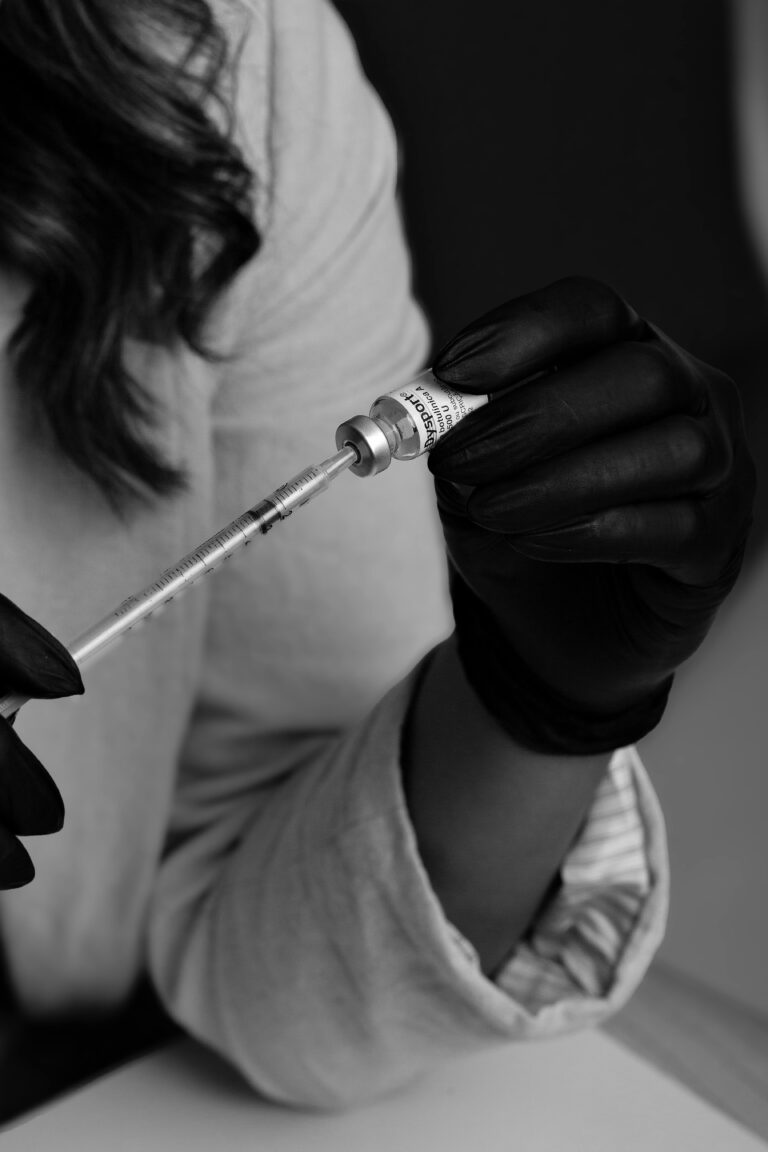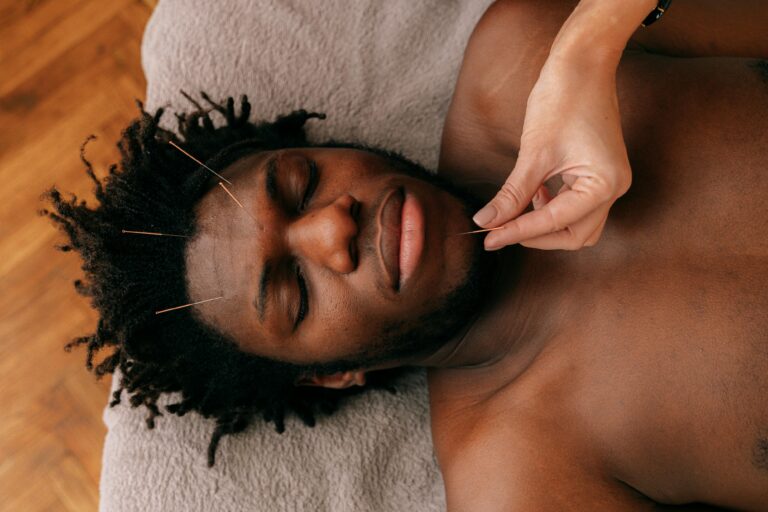For many people living with chronic migraines, the path through conventional medicine can feel like an endless cycle of medications, procedures, and temporary relief. But what happens when you’ve tried it all: neurologist visits, injections, physical therapy, triptans or other medications and the migraines persist?
That’s when it can be valuable to broaden the lens and look at migraines through three complementary categories of care: anti-inflammatory support, antihistamine approaches, and structural therapies.
1. Structural Care: Realigning the System
Migraines are often not only a neurological condition, migraines are influenced by the body’s structure and balance. Some modalities I have seen effective at changing migraine patterns:
- Craniosacral Therapy: A gentle hands-on approach that helps realign cranial bones and reduce tension. Especially after head trauma, this can be essential.
- Vestibular Physical Therapy: Focuses on balance, coordination, and retraining the brain’s sensory systems. For patients with dizziness or post-concussion symptoms, this therapy can be a game-changer.
- Advanced Neurological Chiropractic: Some practitioners combine chiropractic adjustments with eye movement exercises, sound therapies, and cranial work to “retrain” the nervous system. For certain patients, these puzzle-like approaches can unlock stubborn migraine patterns. Network Spinal Care is a subtype of chiropractic care that works really well for neurological pains
- Orthopedic Care: specific orthopedists work with hypermobility in the cervical spine, using injections and medications to work on strengthening spinal muscles, ligaments and tendons to reduce pain
2. Anti-Inflammatory Strategies
Chronic migraines are deeply tied to inflammation, especially in the nervous system. A blend of pharmaceuticals, compounded medications and herbs can really impact this positively.
- Progesterone: Beyond its role as a reproductive hormone, progesterone has strong neuroprotective and anti-inflammatory effects. Research supports its use after concussions to help calm the brain’s inflammatory response.
- Low-Dose Naltrexone(LDN): At very small doses (typically 3-9 mg), naltrexone works differently than at full prescription strength. LDN helps “reset” the immune system, lowers inflammation in the brain, and can provide long-term migraine relief.
- Anti-Inflammatory herbs: Nauropathic physicians are herbalists, and with todays technology, we have the literature and science to show how herbs can reduce inflammation, and some even cross the blood brain barrier for direct anti-inflammatory relief.
These therapies aren’t overnight fixes, patients may need several months of consistent use to notice improvement. But they can be vital tools in breaking the cycle of constant pain.
3. Rebound Migraines (Medication-Overuse Headaches)
While medications can be very effective in treating migraines, it’s possible to fall into a cycle where the very medicines meant to relieve pain actually start causing more headaches. This condition is called Medication-Overuse Headache (MOH), sometimes referred to as rebound migraines, drug-induced headaches, or analgesic rebound headaches.
MOH tends to develop in people who already experience migraine or tension-type headaches and begin using acute medications too frequently in hopes of preventing or stopping attacks. Over time, this pattern can actually transform occasional migraines into a chronic headache disorder — a frustrating cycle where more medication leads to more headaches.
Medications Most Commonly Linked to MOH
Some types of medicines are more likely to cause rebound headaches than others, including:
- Opioids, butalbital-containing combinations, and acetaminophen-aspirin-caffeine products (highest risk)
- Triptans (often prescribed for migraine attacks)
- NSAIDs like ibuprofen or naproxen
- Newer migraine drugs, such as CGRP antagonists, though the risk is lower
How MOH is Diagnosed
Doctors follow the International Classification of Headache Disorders (ICHD-3) guidelines, which include:
- Headaches on 15 or more days per month in someone with a prior headache condition
- Over use of acute medications for more than 3 months (≥10 days/month for triptans, opioids, and combination analgesics; ≥15 days/month for NSAIDs and simple pain relievers)
- Headaches not better explained by another diagnosis
Breaking the Cycle
The good news is that MOH is preventable and treatable. Key steps include:
- Education: Many people don’t realize that frequent use of even over-the-counter medicines can worsen headaches. Learning to limit use is essential.
- Medication withdrawal: This can mean stopping the overused medication altogether (sometimes abruptly) and starting preventive therapy to reduce migraine frequency. Doctors may also recommend an alternative acute treatment that’s used no more than 2 days per week.
- Bridge therapies: During the withdrawal period, certain medicines, like NSAIDs, anti- nausea drugs, magnesium, or infusions such as DHE, can help ease symptoms.
- Preventive treatment: Options include medications like beta-blockers, calcium channel blockers, antidepressants, anticonvulsants (such as topiramate), or Botox injections for chronic migraine. Preventive care is often started at the same time as medication withdrawal to reduce the likelihood of relapse.
Why Prevention Matters
Research shows that patient education is powerful, yet only about 8% of people with migraines know that medication overuse can actually worsen headaches. With support, many patients can successfully discontinue overused medicines, reduce disability, and regain control of their lives.
Histamine and Migraines
Another often-overlooked piece of the migraine puzzle is histamine. Histamine is a chemical messenger involved in immune response, digestion, and sleep regulation—but in sensitive people, it can also be a major migraine trigger.
Some connections between histamine and migraines include:
- Dietary histamine– foods like aged cheese, wine, cured meats, and fermented products are naturally high in histamine. For some migraine sufferers, these foods reliably worsen symptoms.
- Histamine intolerance – in certain people, the body doesn’t break down histamine effectively, leading to symptoms like headaches, flushing, nasal congestion, or digestive upset.
- Mast cell activation– an overactive immune response that can release excess histamine and trigger pain pathways in the brain.
What Helps?
- Antihistamines– both over-the-counter and prescription options may reduce migraine frequency in histamine-sensitive patients.
- Low-histamine diet– avoiding common dietary triggers can calm the system.
- DAO supplementation– diamine oxidase (DAO) is an enzyme that helps break down histamine in the gut and may benefit some individuals.
4. Moving Forward: A Whole-Person Plan
Migraine care is rarely about a single solution. Instead, it’s about building a toolbox of supports:
- Daily anti-inflammatory therapies like progesterone and LDN
- Structural realignment through craniosacral therapy or vestibular PT
- Careful medication tracking to understand true patterns and avoid rebound headaches
- Gentle nutrition strategies, such as reducing inflammatory foods (for example, dairy in those with sensitivities)
- Medication management
The goal isn’t just fewer migraines—it’s giving patients their lives back after years of pain.
Migraines are rarely the result of a single cause. For many people, it’s a complex mix of brain inflammation, nervous system misalignment, hormonal shifts, and even immune or histamine sensitivity.
By approaching migraines through multiple categories (structural, anti-inflammatory, and histamine-related care) patients often find new tools for relief when conventional options fall short.










